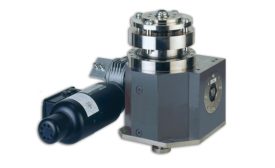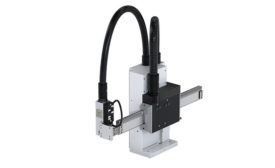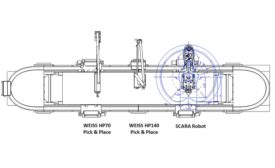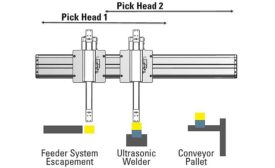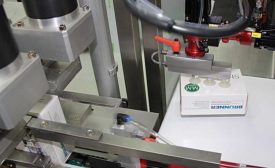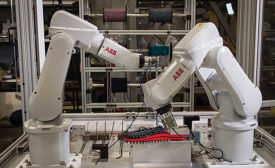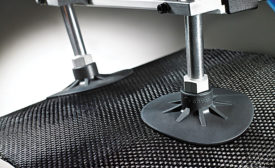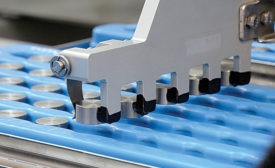Home » pick and place
Articles Tagged with ''pick and place''
Sponsored Content
Pick and Place Unit Rotary Indexers for Small Part Handling
February 15, 2024
New & Noteworthy
Pick-and-Place Module for Long Strokes With Short Cycle Times
November 9, 2023
Sponsored Content
How To Select the Right Pick & Place for Your Application
September 1, 2023
Options for Pick and Place
As electromechanical units and robots increase in popularity, pneumatic and cam-driven systems remain staples in pick and place operations
November 5, 2018
Rotary Actuators for Automated Assembly
Decades-long refinement makes today’s rotary actuators more precise and versatile than ever
February 6, 2018
Vacuum Grippers Reliably Handle Parts
Suction cups, modular interfaces and specialty grippers reliably handle parts of all shapes and sizes
December 1, 2016
Never miss the latest news and trends driving the manufacturing industry
Stay in the know on the latest assembly trends.
JOIN TODAY!Copyright ©2024. All Rights Reserved BNP Media.
Design, CMS, Hosting & Web Development :: ePublishing


